





Speed Management and Traffic Calming
70 km/h head-on impact 50 km/h side impact 30 km/h side impact with objects 30 km/h impact with pedestrians, bicyclists and motorcyclists.
Speed limits
Design of the road infrastructure which aligns with the desired travel speed, so that the road is self-explaining and that a driver or rider can more intuitively regulate their speed based on the look and feel of the road. Traffic calming measures such as raised tables or chicanes may be deployed to ensure compliance. Effective speed enforcement.
Traffic calming
Vertical deflection
Speed humps
Speed cushions
Speed tables
Chicanes
Choke points
False roundabouts
Horizontal deflection at intersections
Reducing curve radii
Corner alignments, which extends the sidewalk corner to the tightest radius possible Kerb extensions (or ‘bulb-outs’) which are generally used to narrow the carriageway at the intersection to minimise pedestrian crossing distance. This is often incorporated into streets with on-street parking. Slip lane removal, which extends the sidewalk to include the space occupied by the lane and the traffic island.
Intersection realignment
Roundabouts
Be kept compact, with single lane entries and exits Use pedestrian crossings, refuge islands and speed tables to enhance pedestrian safety and access Space bicycle and pedestrian crossings 2-5 m from the vehicle entry and exits points of the roundabout.
Mini roundabout (or traffic circle)
Entry and gateway treatments
Materials (e.g. paving stone) which indicate pedestrian presence and priority The carriageway is raised to the level of the footway Crossing distance is minimised There is a change in surface and/or vertical deflection before the intersection Kerb build-outs to increase pedestrian visibility and prevent vehicle parking, and Signage to indicate the start of a low speed zone.
Road diets
Auditory/vibratory road surfaces
Removing signs and lines
Vehicle activated signs
Speed cameras
Intersection closures and diverters
Driver perception measures
Reductions in travel speeds save lives and prevent injuries. Effective area-wide benefits Reduced traffic volumes on local roads An improved environment for pedestrians and cyclists Increasing accessibility and encouraging walking and other sustainable modes of transport Reducing vehicle noise, acceleration and deceleration Reducing the need for obtrusive and unsightly traffic safety devices such as crash barriers. The wider benefits of reducing speeds include improved fuel consumption, lower greenhouse gas emissions and less traffic noise.
Street level traffic calming measures are more effective when implemented as part of an area-wide approach, that is, measures are applied across a network of streets rather than just a few corridors or sections of the roadway. Traffic calming devices must be spaced at intervals that encourage consistently low speeds rather than enabling vehicles to accelerate between traffic calming features The most effective and safe traffic calming are part of the inherent design of the street that employs a range of complementary measures (as opposed to a single device type added after design and construction). The planning of such schemes should include community consultation and detailed traffic and crash data collection and analysis to avoid costly mistakes and ensure successful outcomes. Isolated traffic calming devices can be ineffective and may be a safety hazard Care should be taken to ensure that the design considers cyclists needs In almost all cases, traffic calming measures which use deflection (vertical or horizontal) are only appropriate for application on lower speed roads with a single lane of traffic (per direction) and must consider the implications for vehicle noise and emergency vehicle access. Some local traffic problems, such as racing or speeding, should be resolved in partnership with police.
Treatment Summary
25-40% |
Case Studies
Related Images
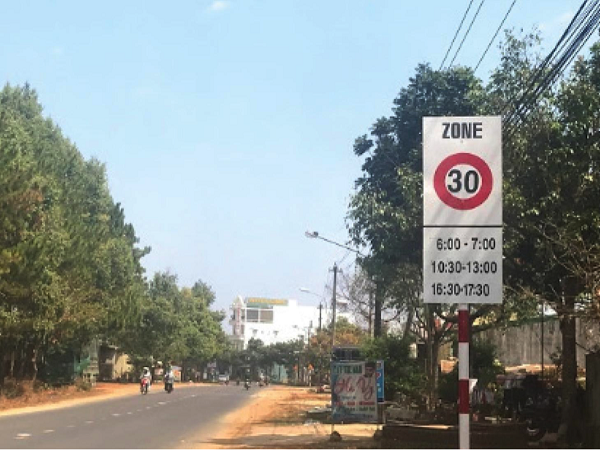
30km/h speed limit at a school in Vietnam. Image credit: Asia Injury Prevention Foundation 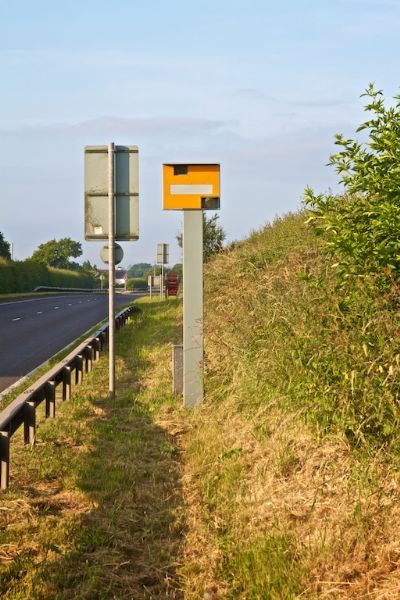
Fixed speed camera on the A34 - UK. Image credit: Unknown 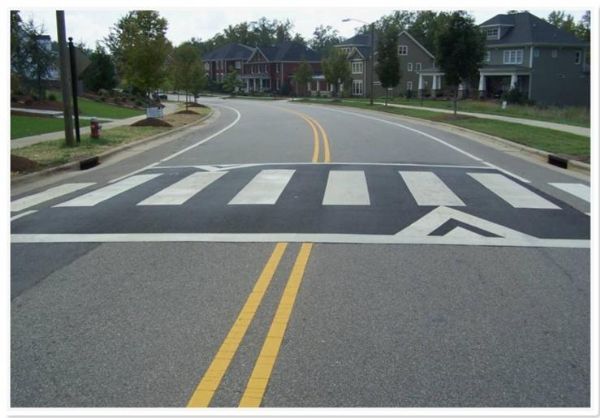
A raised pedestrian crossing facility. Image credit: Unknown 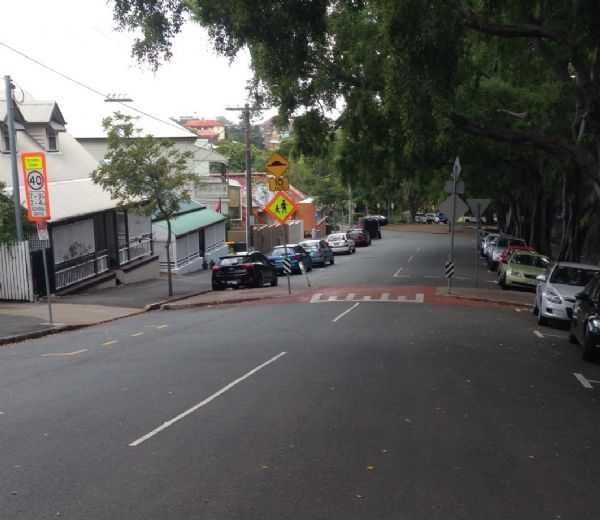
A raised pedestrian crossing with kerb build-out in a school zone in Brisbane, Australia. This is an effective traffic calming measure whilst providing a safe place to cross. Image credit: Luke Rogers 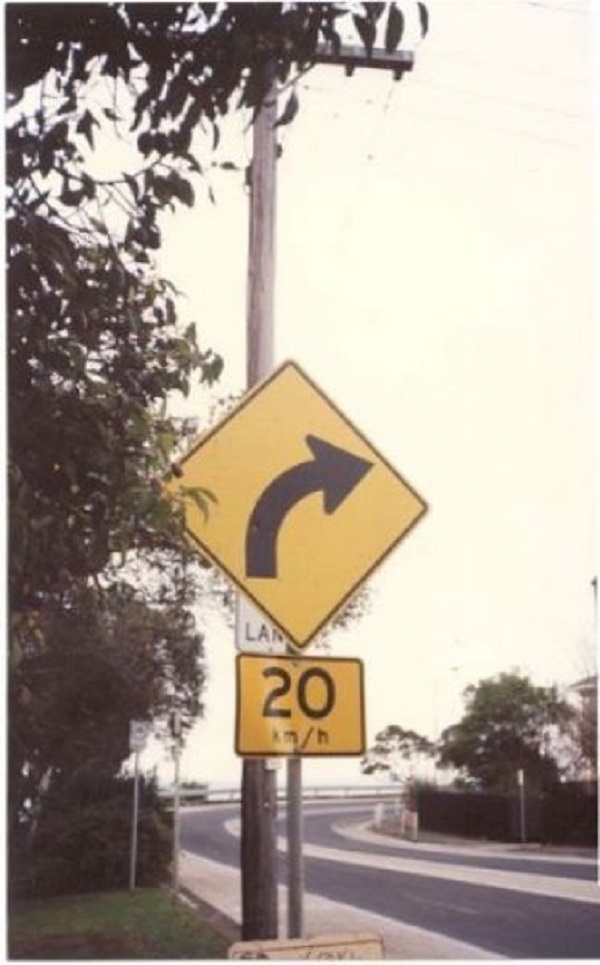
Advisory speed sign plus curve warning. Image credit: ARRB 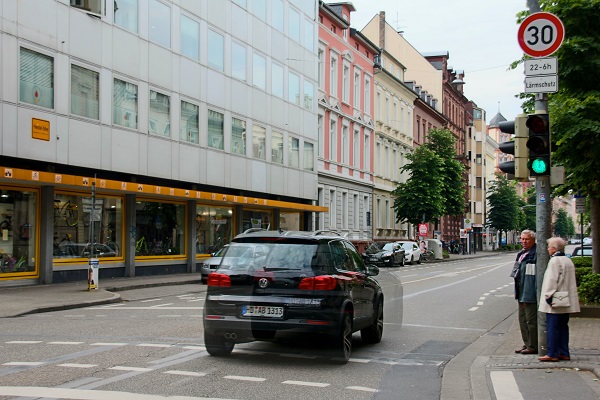
Car passing a 30km/h speed limit sign. Photo credit: RdA Suisse 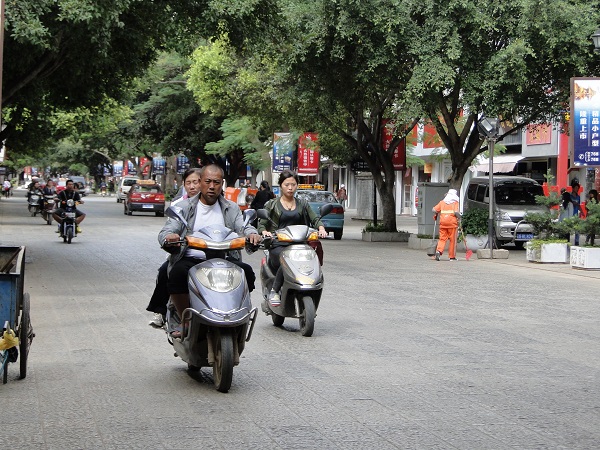
Cobble stone pavement for traffic calming in China. Image credit: Greg Smith 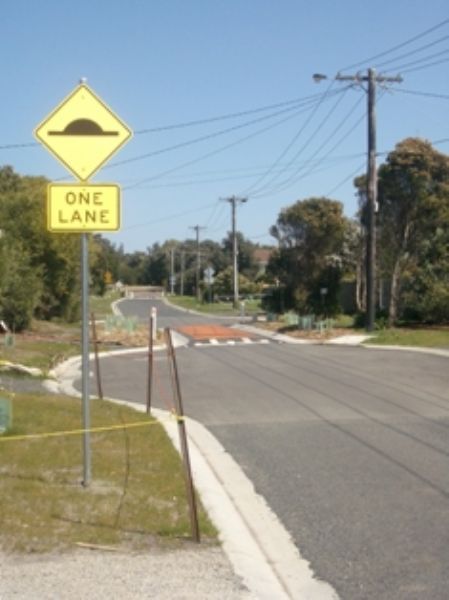
Combination of road narrowing and speed hump on residential street. Image credit: ARRB 
Example list of traffic calming measures, and how appropriate they are for achieving different target speeds. Image credit: iRAP 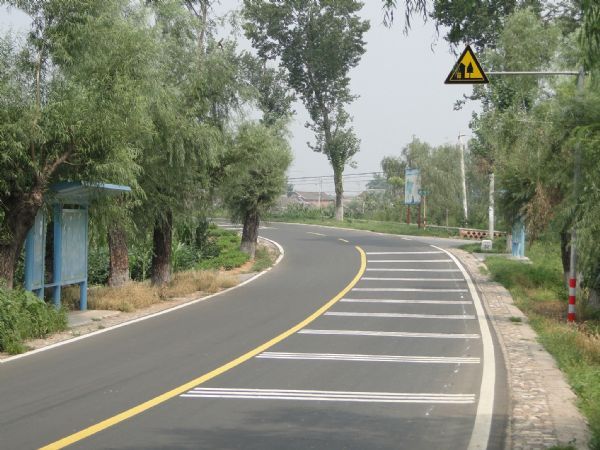
Lateral lines at the entrance to a curve, China. Image credit: iRAP 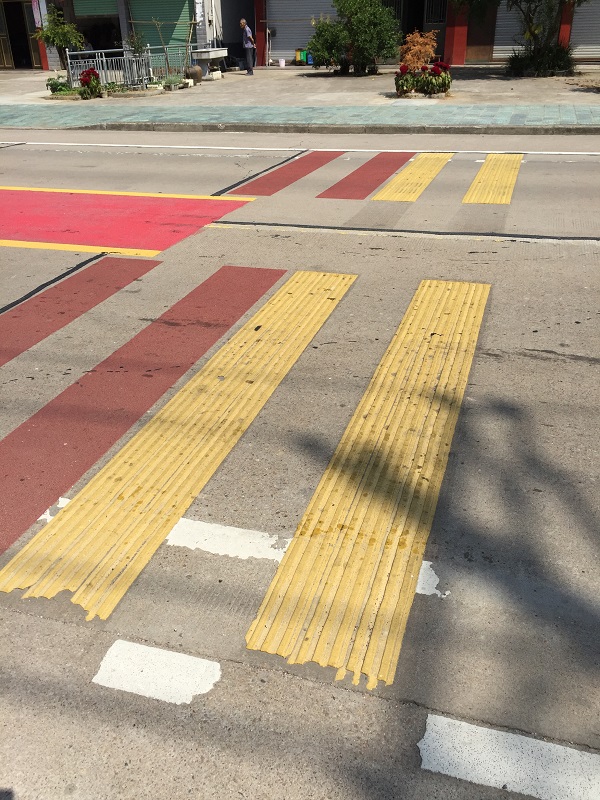
Lateral rumble strips in China. Image credit: Greg Smith 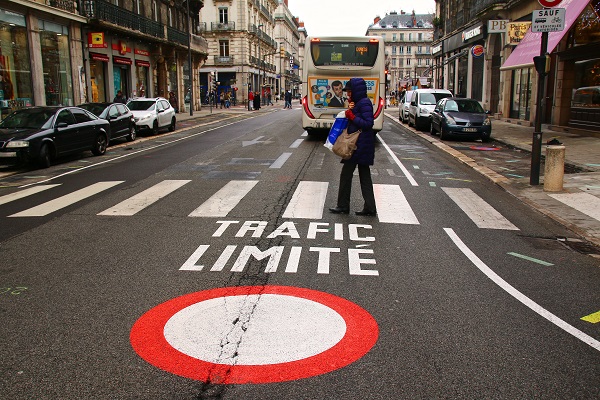
Marked pedestrian crossing facility (Zebra marking). Image credit: Alain Rouiller 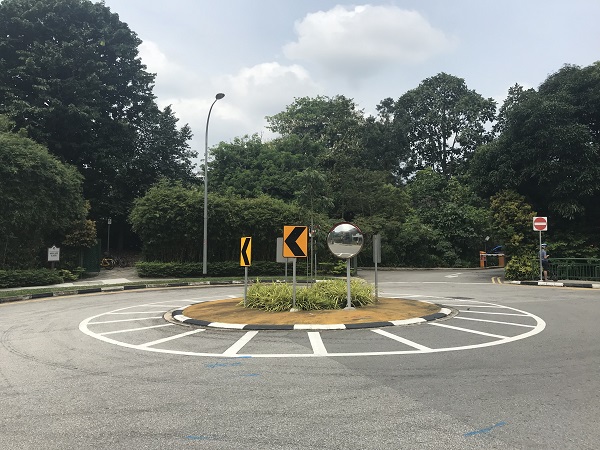
Mini roundabout in Singapore. Image credit: Alina Burlacu 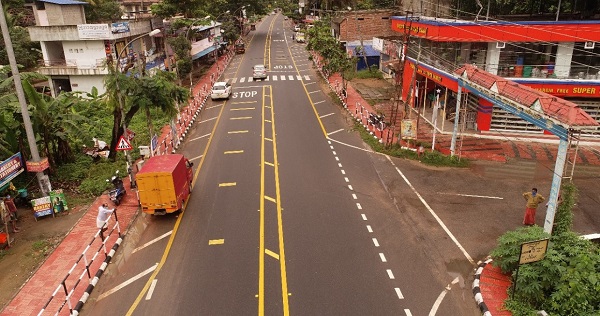
Pedestrian crossing facility with footpath, wide centreline and speed transverse markings to calm speed on a state highway in Kerala, India. Image credit: Kerala State Transport Project 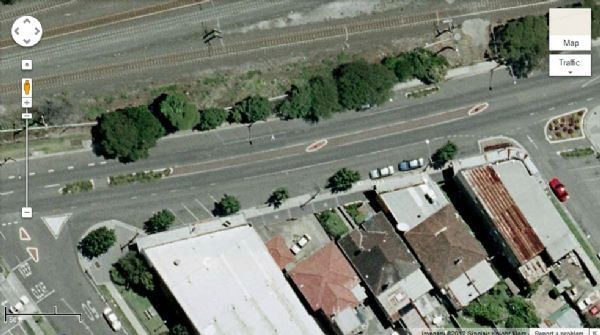
Pedestrian refuges, bicycle lanes, delineation and one-way road treatment. Image credit: Google Maps 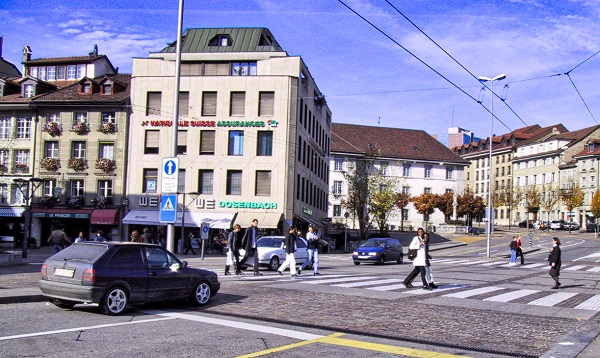
Raised (table-top type) pedestrian crossing facility. Image credit: Alain Rouiller 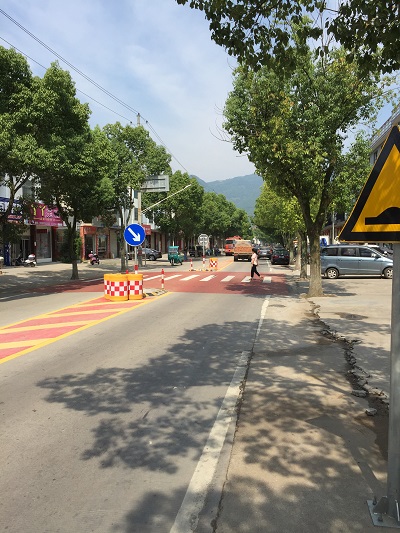
Raised pedestrian crossing in China. Image credit: Greg Smith 
School crossing safety improvements in India. Image credit: TRAX 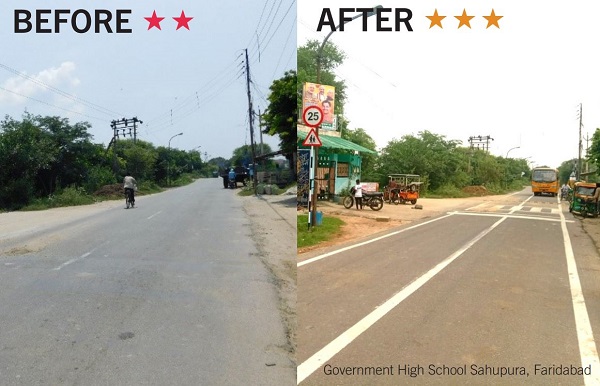
School crossing safety improvements in India. Image credit: TRAX 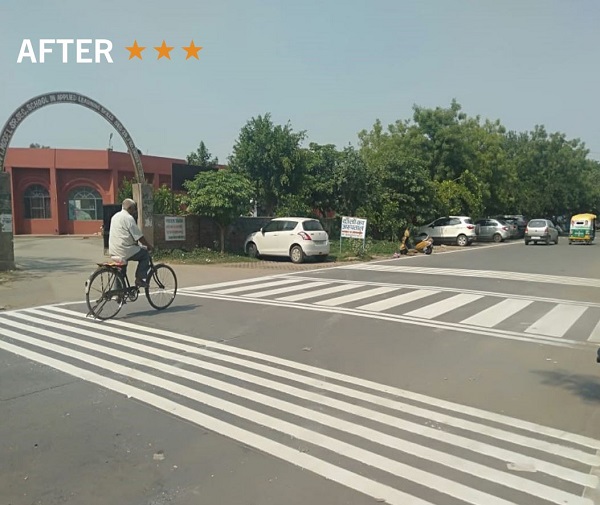
School crossing safety improvements in India. Image credit: TRAX 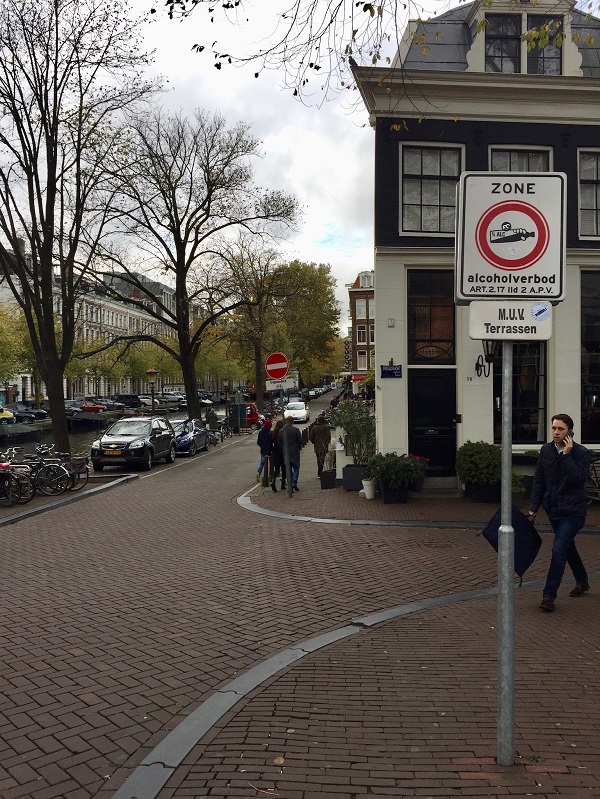
Shared street in Amsterdam, Netherlands. Image Credit: Monica Olyslagers 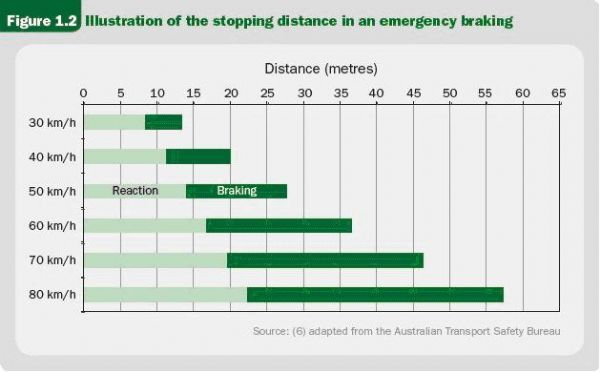
Stopping distances in an emergency. Image Credit: WHO 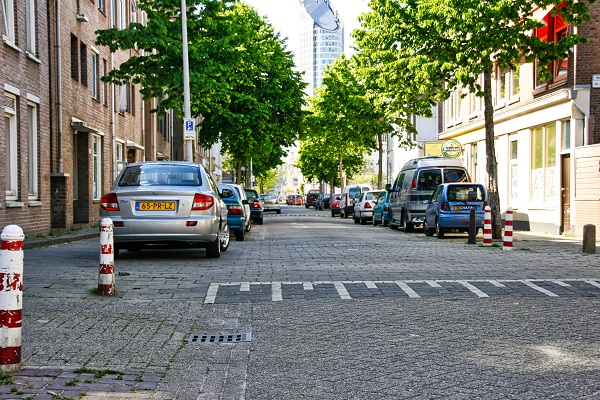
Speed calming by providing raised rough surface paver blocks. Image credit: Monica Olyslagers 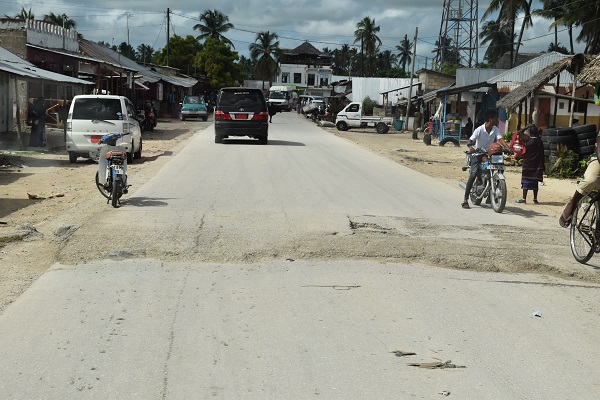
Simple speed hump without delineation in Tanzania. This type of non-standard speed humps pose the risk of causing rear end collisions. Image credit: Alina Burlacu 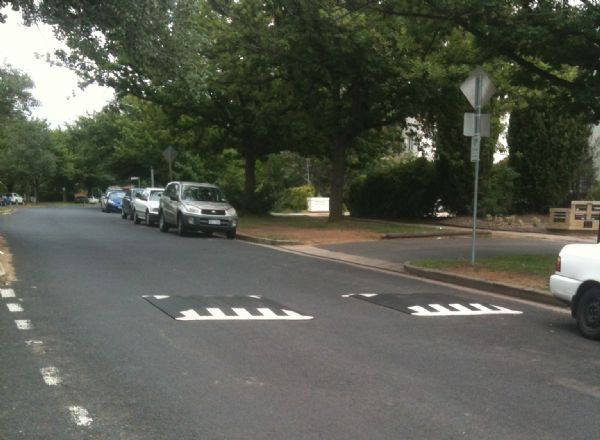
Speed cushions located before a roundabout. Image credit: Jason Smith 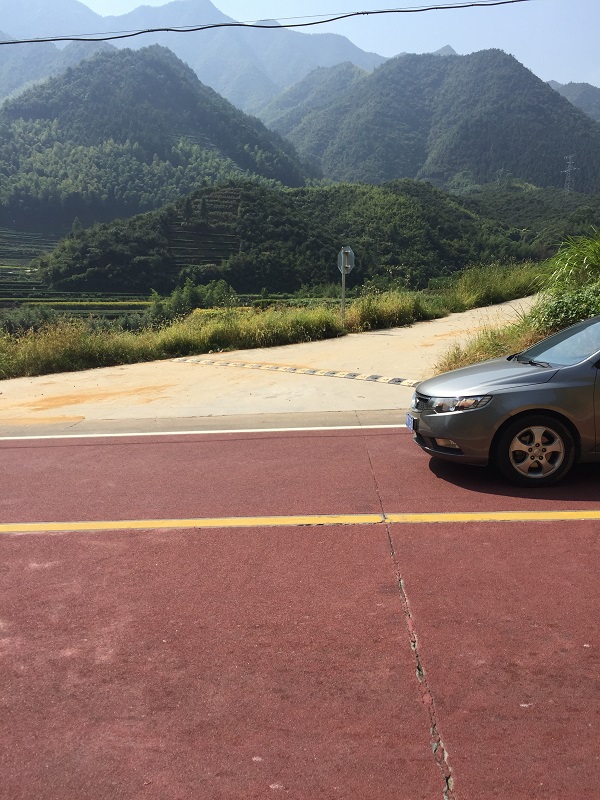
Speed hump on side road and skid resistant pavement treatment in China. Image credit: Greg Smith 
Speed limit sign in Tanzania. Image credit: Alina Burlacu 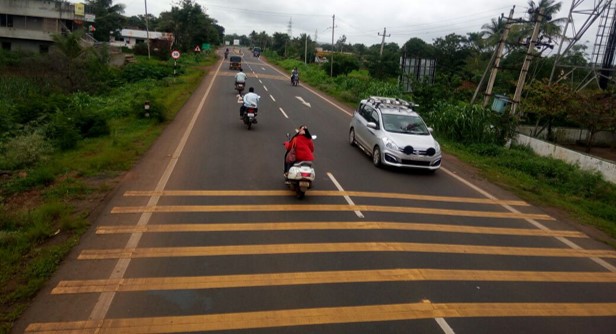
Traffic calming in India. Image credit: World Bank 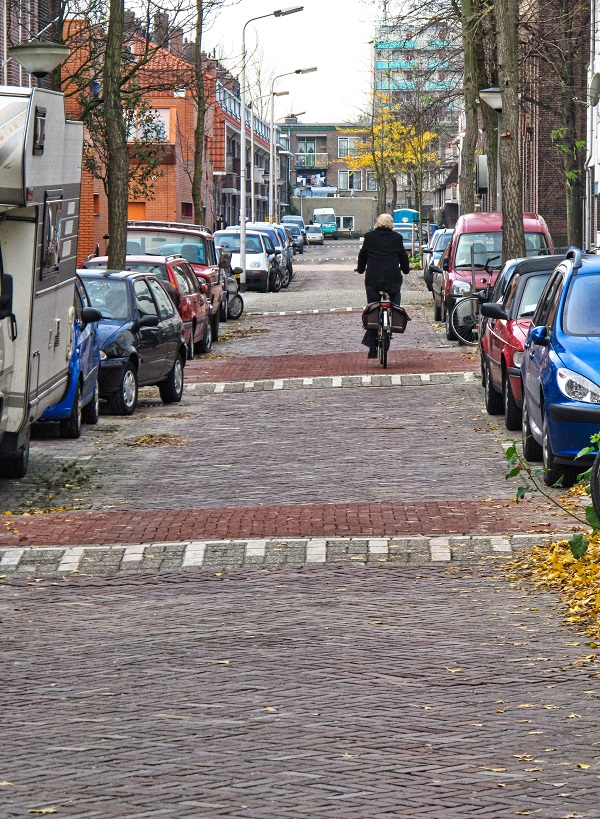
Traffic calming example. Photo credit: RdA Suisse 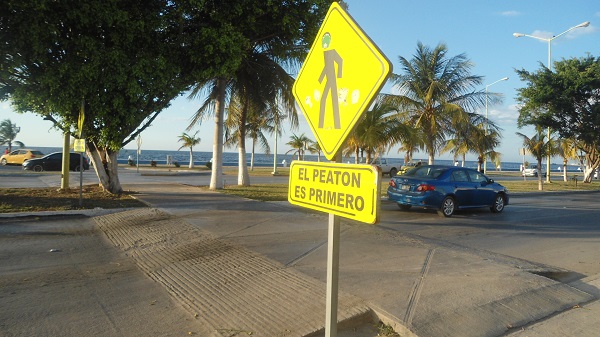
Unmarked raised pedestrian crossing in Mexico. Image credit: iRAP 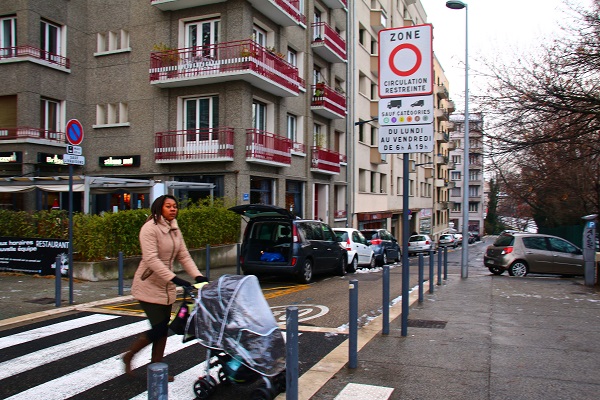
A mother crossing the road with a stroller. Photo credit: RdA Suisse 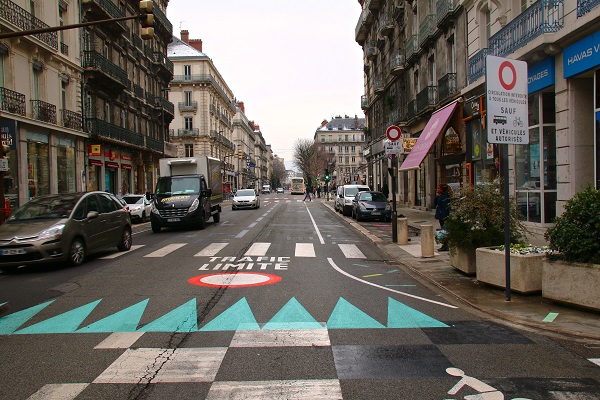
A slow speed pedestrian crossing. Photo credit: RdA Suisse. 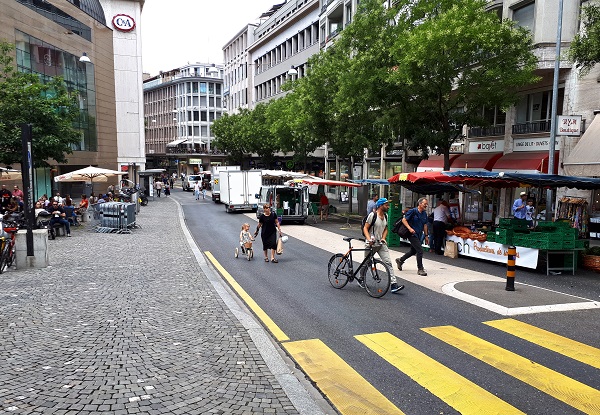
Pedestrians crossing a slow speed road. Photo credit: RdA Suisse 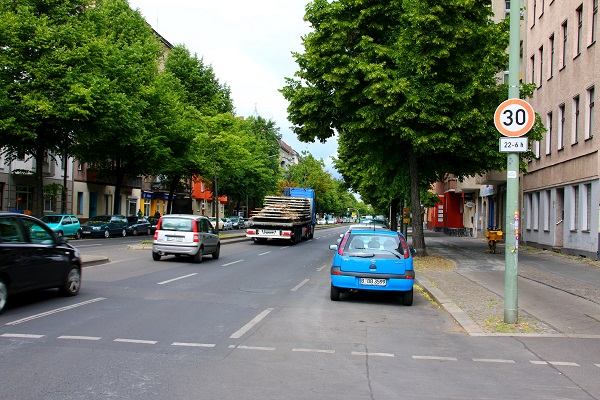
30km/h speed limit. Photo credit: RdA Suisse 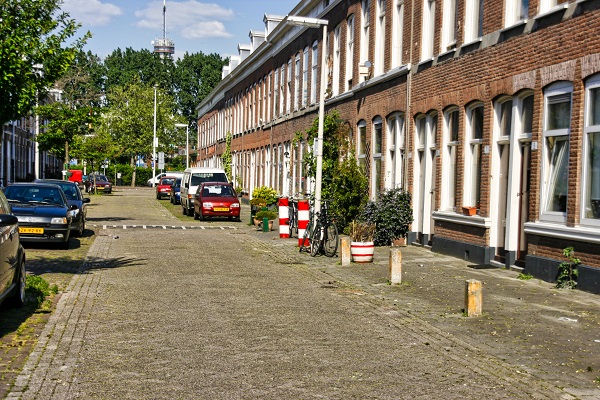
Traffic calming in a local street. Photo credit: RdA Suisse 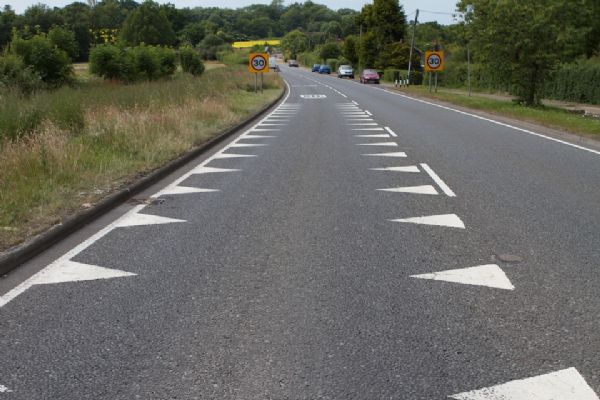
Village gateway treatment incorporating 30mph speed limit and road narrowing in the United Kingdom. Image credit: Unknown









